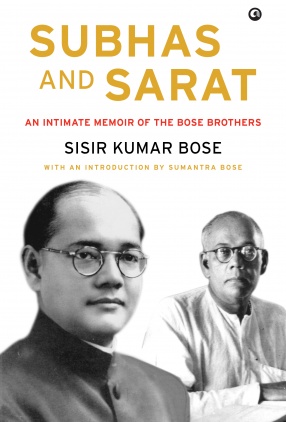
Sisir Kumar Bose

Showing all 10 books
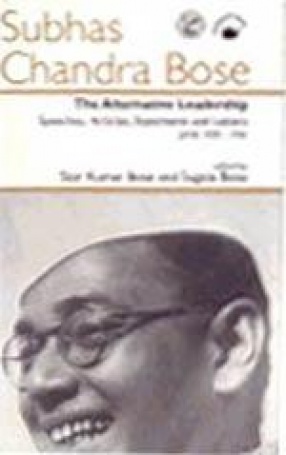


Subhas and Sarat is a closely observed portrait of the Bose family of Bengal—especially its two most famous members, Netaji Subhas Chandra Bose and his older brother, Sarat Chandra Bose—and their role in India’s freedom struggle.
Illustrated with rare photographs and documents, this lucidly written memoir is both the most original account of the public and private lives of Subhas and Sarat Bose and an enthralling narrative of India’s ...
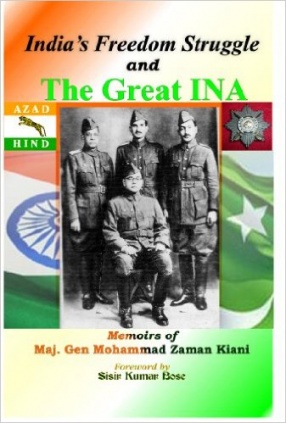
Maj Gen M Z Kiani was officer in 1st Battalion 14th Punjab Regiment under Britishers. He won Sword of Honour and Gold Medal for the most outstanding Cadet in 1935 from Indian Military Academy, Dehradun. But he left all to join I.N.A under Netaji. He was Chief of General Staff under General Mohan Singh of I.N.A. He chose to move over in Pakistan after Partition in 1947 and wrote this book from there. This was published after his death through Maj. Gen. Chand ...
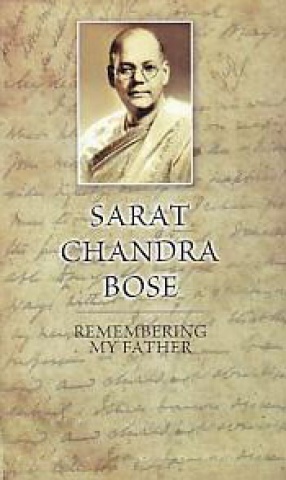
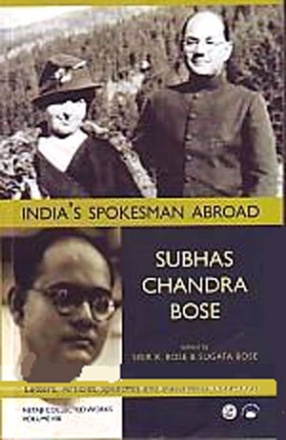


Between his resignation as Congress President in Calcutta on 29 April 1939 and his escape from his Elgin Road home on the night of 16-17 January 1941, Subhas Chandra Bose provided India with an alternative leadership in place of the old guard represented by the Gandhian High Command. His alternative was based on a commitment to anti-imperialism and future socialism. This volume brings together the writings and speeches of a crucial phase in Bose's political life ...

This volume brings together Bose's letters, writings and speeches from January 1938 until just after his resignation in April 1939. It includes the famous Haripura Address of February 1938. Other pieces deal with socialism, national planning, science, Hindu-Muslim relations, the role of women, and European politics. Among the 120 letters here are sets of correspondence with Gandhi, Tagore, Jinnah and Nehru.

Perhaps the least known aspect of Netaji Subhash Chandra Bose's many-sided personality was his love for Emilie Schenkl, his Austrian wife. Bose met Emilie Schenkl in June 1934 in Vienna, developed a close relationship during his forced European exile, secretly married her in December 1937, and had a daughter, Anita, in November 1942. This volume of Netaji's collected works illuminates the human and emotional aspects of his many splendoured life. One hundred and ...
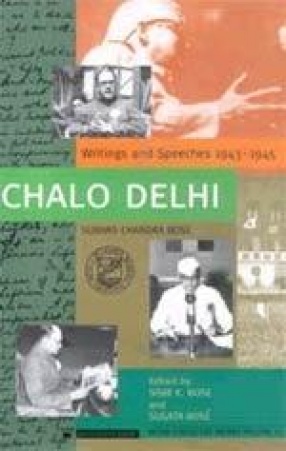
After a perilous ninety-day submarine voyage,Netaji Subhas Chandra Bose arrived in Southeast Asia on 6 May 1943 to lead the Indian independence movement. 'Only when the blood of freedom loving Indians begins to flow', he declared in one of his broadcasts in June 1943, 'Will India attain her freedom.' In his last message, on 15 august 1945, he argued faith in India's destiny and expressed confidence that 'India shall be free and before long.' Volume 12 of Netaji's ...

